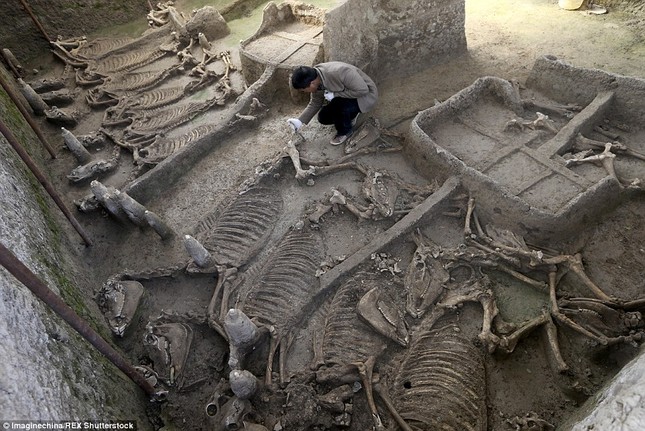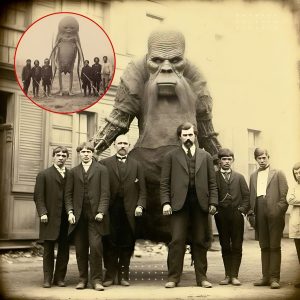In the heart of China’s Henan Province, an extraordinary archaeological discovery has captured the imagination of historians and archaeologists alike. A tomb, dating back 2,500 years, has been unearthed, revealing an astonishing array of artifacts including horse skeletons and chariots. This remarkable find is believed to be linked to a little-known ancient kingdom, shedding new light on China’s rich and complex history.

The tomb, discovered near the city of Luoyang, is a testament to the advanced burial practices and societal structures of ancient China. The presence of horse skeletons alongside intricately designed chariots suggests the tomb belonged to a person of high status, possibly a noble or a warrior. The meticulous arrangement of these remains indicates the importance of horses in ancient Chinese society, both as symbols of wealth and as essential components of warfare and transportation.

Chinese experts are meticulously examining the site, hoping to unlock the secrets of this mysterious kingdom. The tomb’s contents are remarkably well-preserved, providing a unique glimpse into the past. The chariots, crafted with remarkable precision, and the horse skeletons, carefully placed to accompany the deceased into the afterlife, highlight the sophisticated craftsmanship and deep cultural beliefs of the time.
This discovery is particularly significant because it may offer insights into a lesser-known period of Chinese history. While much is known about the prominent dynasties such as the Qin and Han, the existence of smaller, less-documented kingdoms often remains shrouded in mystery. The artifacts found in this tomb could provide crucial evidence about the political, social, and economic structures of these early states, filling in gaps in the historical record.
The excavation has already yielded fascinating artifacts, including pottery, weapons, and ornamental items. These objects not only demonstrate the high level of artistry achieved by the ancient Chinese but also offer clues about the daily lives and spiritual practices of the people. The intricate designs on the pottery and the craftsmanship of the weapons suggest a society with a rich cultural heritage and advanced technological skills.
Historians are particularly intrigued by the potential connections between this tomb and the broader geopolitical landscape of ancient China. The placement and design of the tomb may reveal alliances, conflicts, and trade relationships with neighboring regions. Such information is invaluable for constructing a more comprehensive understanding of early Chinese civilization and its interactions with other cultures.
As the excavation continues, experts are employing advanced technologies such as 3D scanning and forensic analysis to study the remains and artifacts in greater detail. These techniques will help reconstruct the lives of the individuals buried in the tomb and provide a clearer picture of their roles within their society. The findings could revolutionize our understanding of ancient Chinese history, offering a more nuanced view of its development and the diversity of its early states.

In conclusion, the discovery of this 2,500-year-old tomb with its horse skeletons and chariots is a landmark event in the field of archaeology. It holds the promise of unveiling the secrets of a little-known ancient kingdom, enriching our knowledge of China’s past. As researchers delve deeper into this enigmatic site, the world eagerly awaits new revelations about the people who once walked these lands and the legacies they left behind.





